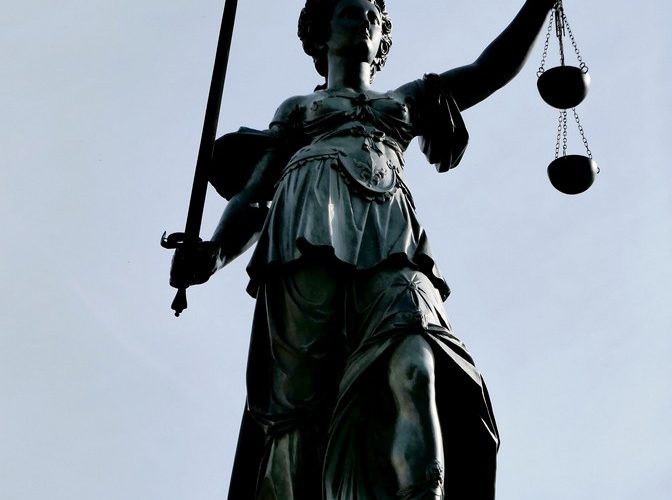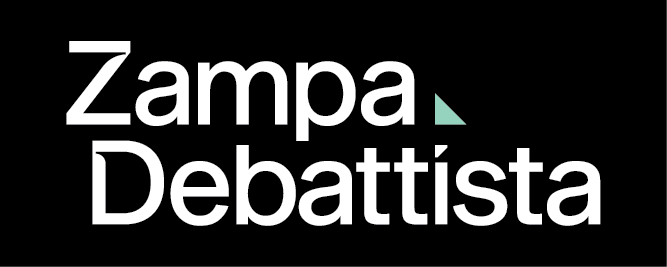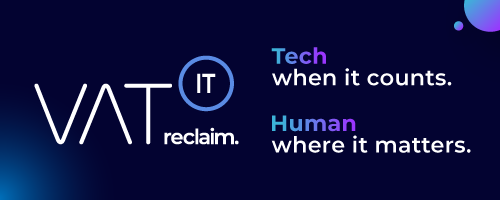On July 12, 2012, the ECJ issued its decision in the case C-326/11 (J.J. Komen en Zonen Beheer Heerhugowaard BV).
Context: Sixth VAT Directive — Article 13B(g), read in conjunction with Article 4(3)(a) — Supply of buildings and land upon which they stand — Supply of a building undergoing work with the view to the creation of a new building by transformation — Continuation and completion of the work by the purchaser after the supply — Exemption from VAT
Article in the EU VAT Directive
Article 2(1) of the Sixth VAT Directive imposes VAT on the supply of goods or services effected for consideration within the territory of the country by a taxable person acting as such.
Article 4(3) of that directive provides:
- ‘Member States may also treat as a taxable person anyone who carries out, on an occasional basis, a transaction relating to the activities referred to in paragraph 2 and in particular one of the following:
- (a) the supply before first occupation of buildings or parts of buildings and the land on which they stand; Member States may determine the conditions of application of this criterion to transformations of buildings and the land on which they stand.
- Member States may apply criteria other than that of first occupation, such as the period elapsing between the date of completion of the building and the date of first supply or the period elapsing between the date of first occupation and the date of subsequent supply, provided that these periods do not exceed five years and two years respectively.
- A “building” shall be taken to mean any structure fixed to or in the ground;
- (b) the supply of building land.
- “Building land” shall mean any unimproved or improved land defined as such by the Member States.’
Article 13 of the Sixth VAT Directive, entitled ‘Exemptions within the territory of the country’, provides under subsection B, entitled ‘Other exemptions’, inter alia:
- ‘Without prejudice to other Community provisions, Member States shall exempt the following under conditions which they shall lay down for the purpose of ensuring the correct and straightforward application of the exemptions and of preventing any possible evasion, avoidance or abuse:
- (g) the supply of buildings or parts thereof, and of the land on which they stand, other than as described in Article 4(3)(a);
- (h) the supply of land which has not been built on other than building land as described in Article 4(3)(b).’
Facts
- On 6 February 2004, J.J. Komen acquired, by notarial act, apartment rights (‘appartementsrechten’) to retail premises in the shopping mall De Blauwe Steen in Hoorn (Netherlands). The supply of that immovable property was considered to have been effected on that same date.
- It is apparent from the order for reference that, with a view to the transformation of the immovable property in question into a new building, various demolition work had already been carried out at the request and for the account of the vendor before the acquisition by J.J. Komen of the retail premises. Following that acquisition, J.J. Komen continued the renovation and transformation work, so that the totality of the work carried out, both for the account of vendor and for that of J.J. Komen, resulted in the construction of a new building. At no time, in the context of that process of transformation of the building, did the work create a vacant plot of land.
- On account of the supply of the immovable property, J.J. Komen received an assessment of outstanding transfer duty. Following an objection lodged against that assessment with the Inspector of Taxes, the latter upheld that assessment.
- The action brought by J.J. Komen against that decision before the Rechtbank te Haarlem (District Court, Haarlem) was dismissed as unfounded. That court held, inter alia, that, at the time of the supply, the shopping mall was still in use and the work was not sufficiently advanced to justify a finding that a new building existed.
- The appeal against that judgment by J.J. Komen before the Gerechtshof Amsterdam (Regional Court of Appeal, Amsterdam) was dismissed by judgment of 19 May 2008, which upheld the facts found at first instance and held that the supply of the immovable property was exempt from VAT in accordance with Article 11(1)(a) of the Netherlands Law on turnover tax and therefore subject to transfer duty.
- In addition, it is apparent from the documents before the Court that, on account of the damage to the building in issue in the main proceedings as a result of the demolition work commenced in September 2003, one of the shops in that building has not been paying rent since November 2003. In particular, access to that building is restricted and there is no longer lighting there.
- However, taking into account, inter alia, the reports of the competent Inspector of Taxes, the Gerechtshof Amsterdam held that, at the time of the supply, the shopping mall was still accessible to the public and that at least one shop was in an operational state, so that the existing building must still be regarded as being fit for use.
- J.J. Komen lodged an appeal on a point of law against that judgment claiming that the Sixth VAT Directive and, in particular, Articles 13B(g) and 4(3)(a) of the directive, must be interpreted as meaning that the supply of immovable property, such as that in issue in the main proceedings, should be liable to VAT.
- According to the Advocate General before the referring court, the appeal must be upheld on the basis of, inter alia, the arguments derived from the judgment in Case C‑461/08 Don Bosco Onroerend Goed [2009] ECR I‑11079, in which the Court took the intention of the parties to the transaction as a criterion for assessing the transaction for VAT purposes. Thus, according to the opinion of that Advocate General, in so far as the economic objective of the demolition work, which commenced before the sale of the building, was to obtain a new building, the extent to which the transformation had advanced at the time of sale is no longer important and, therefore, the transaction must be classified as liable to VAT.
Questions
Must Article 13B(g), in conjunction with Article 4(3)(a), of the Sixth Directive be interpreted as meaning that the supply of a building in respect of which, prior to its supply, the vendor had transformation work carried out with a view to the creation of a new building (refurbishment), work which was continued and completed by the purchaser after its supply, is not exempt from VAT?
AG Opinion
None
Decision
Article 13B(g) of the Sixth Council Directive 77/388/EEC of 17 May 1977 on the harmonisation of the laws of the Member States relating to turnover taxes — Common system of value added tax: uniform basis of assessment, read in conjunction with Article 4(3)(a) of that directive, must be interpreted as meaning that the exemption from value added tax provided for in that first provision covers a supply of immovable property consisting of a plot of land and an old building undergoing transformation into a new building, such as that in issue in the main proceedings, where, at the time of that supply, the old building had only undergone partial demolition work and was, at least in part, still used as such.
Summary
The supply of immovable property consisting of a site and an old building, which is in the process of being converted into a new building, is exempt from VAT because at the time of the supply the old building had only been partially demolished and at least partially still was in use.
Source
Similar ECJ cases
- Note from the editors: See a comparison with the DonBosco case HERE
- C-461/08 (Don Bosco Onroerend Goed BV) – Exemption: Delivery of site with partially demolished building, on the site of which new construction is to be erected
- C-71/18 (KPC Herning) – Judgment – Transfer of land; VAT exemption if including building, which will be demolished
Newsletters















